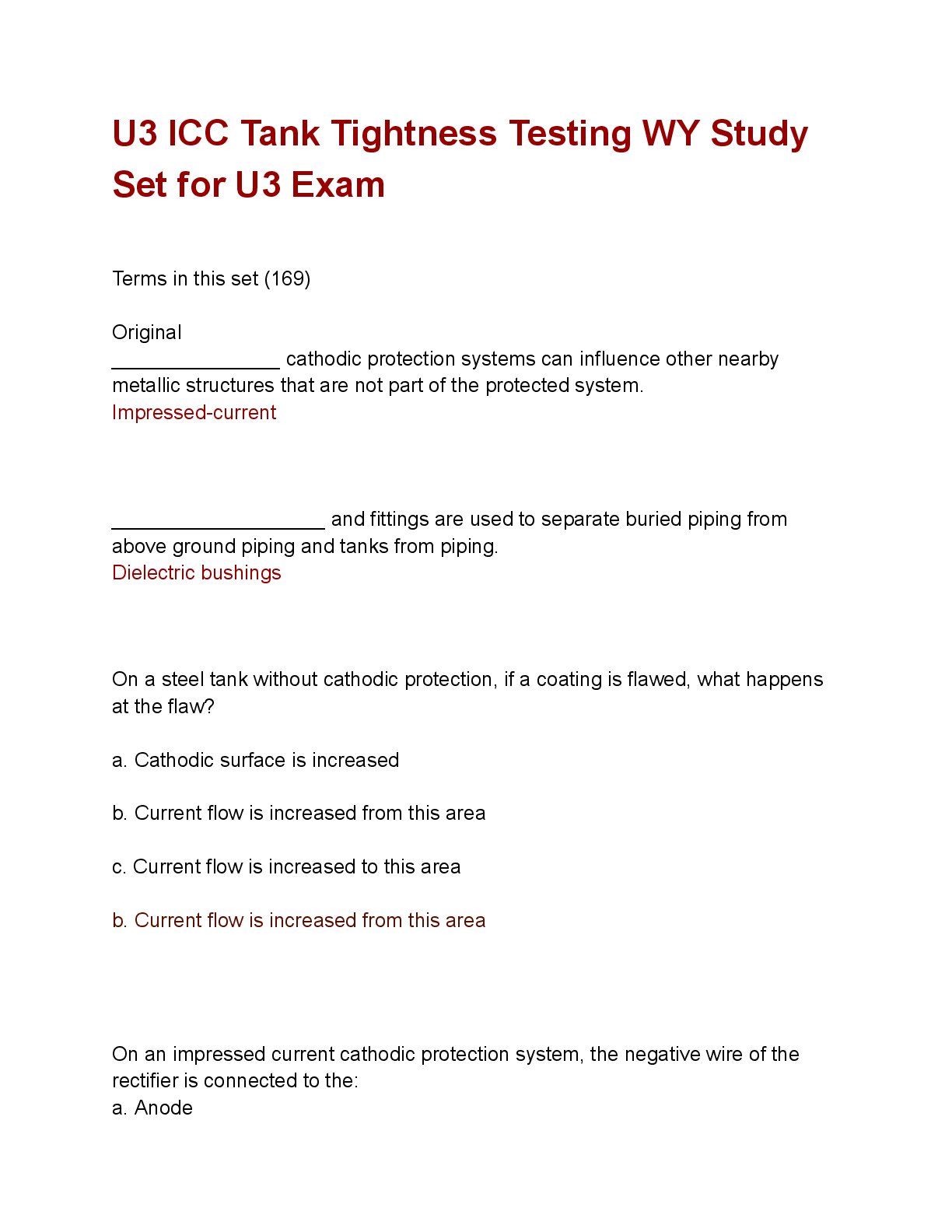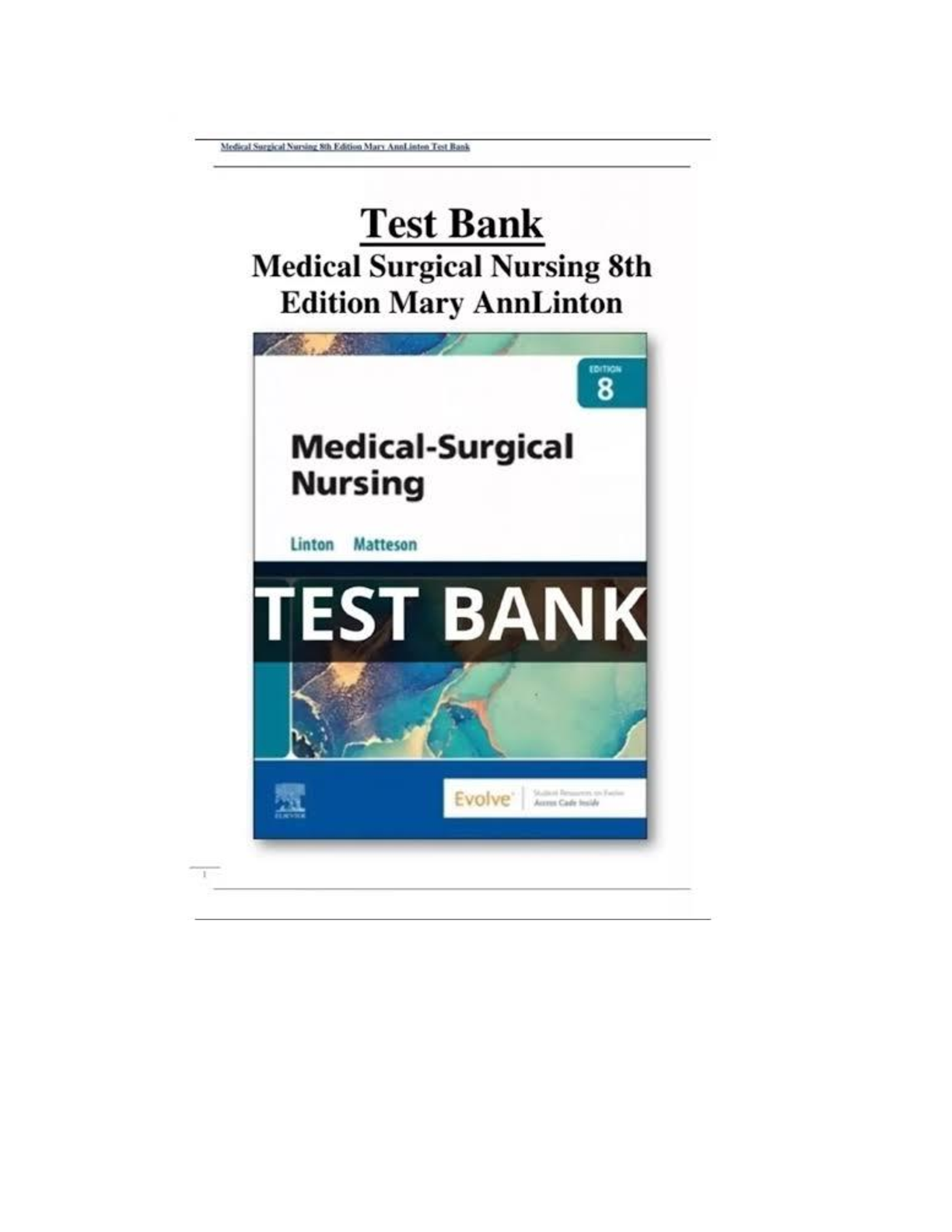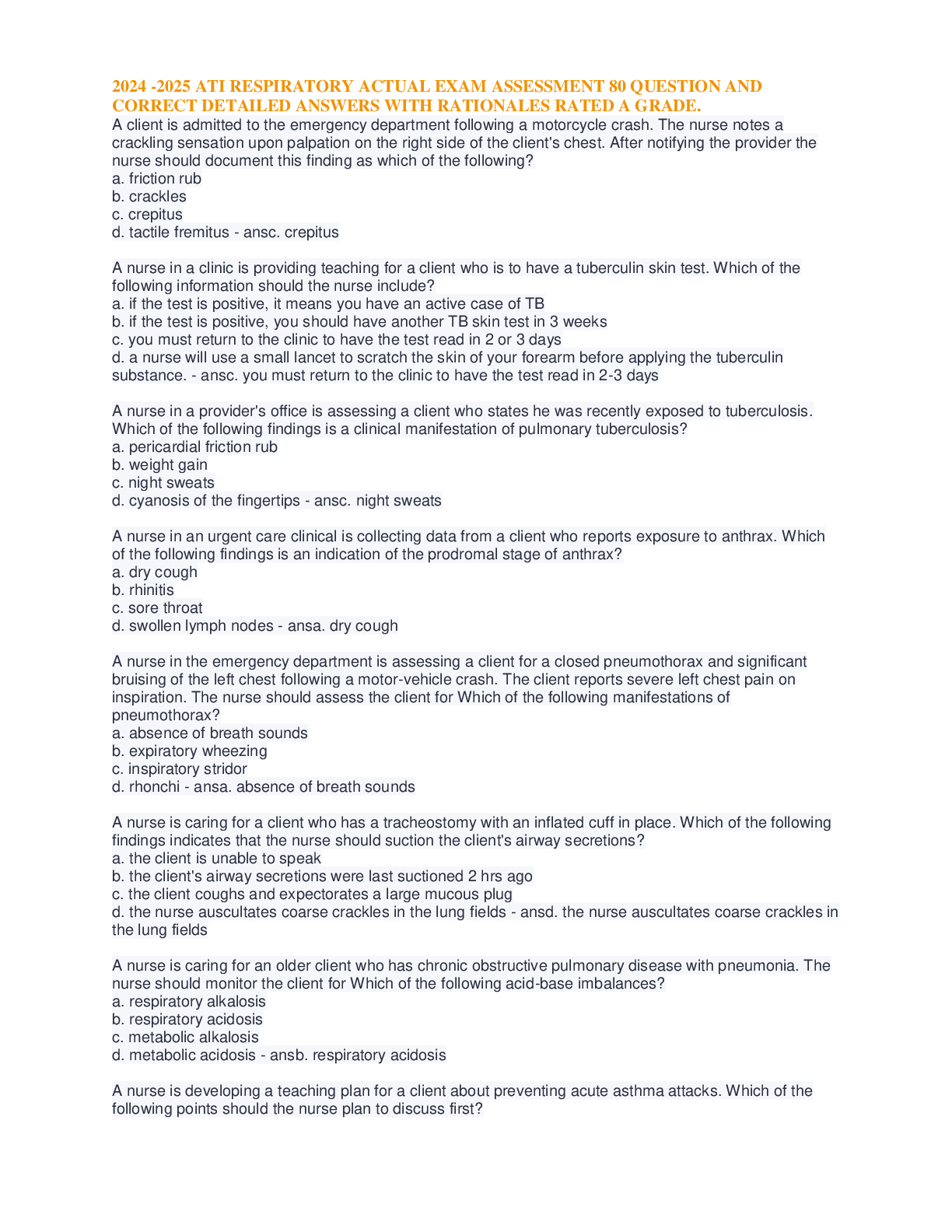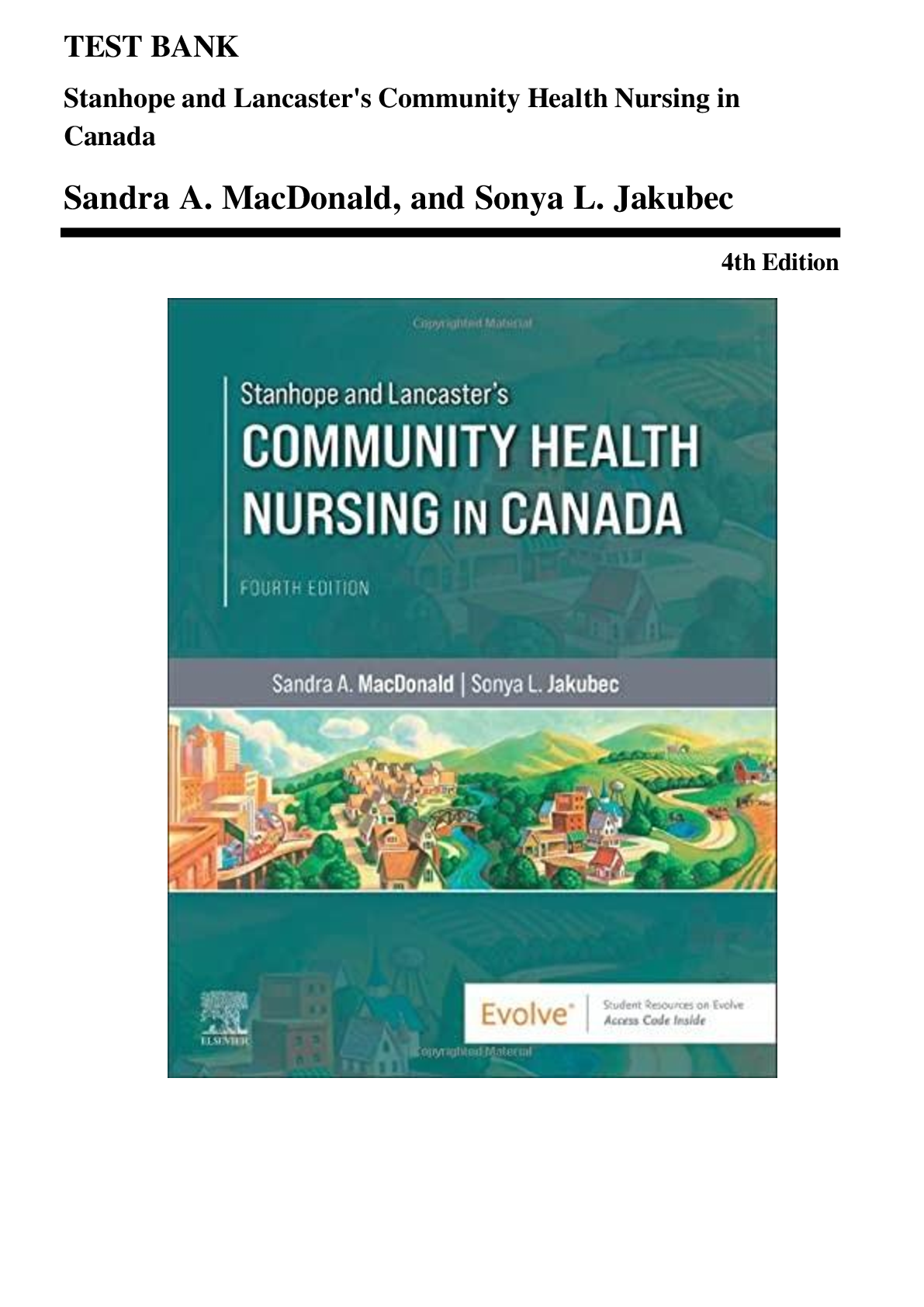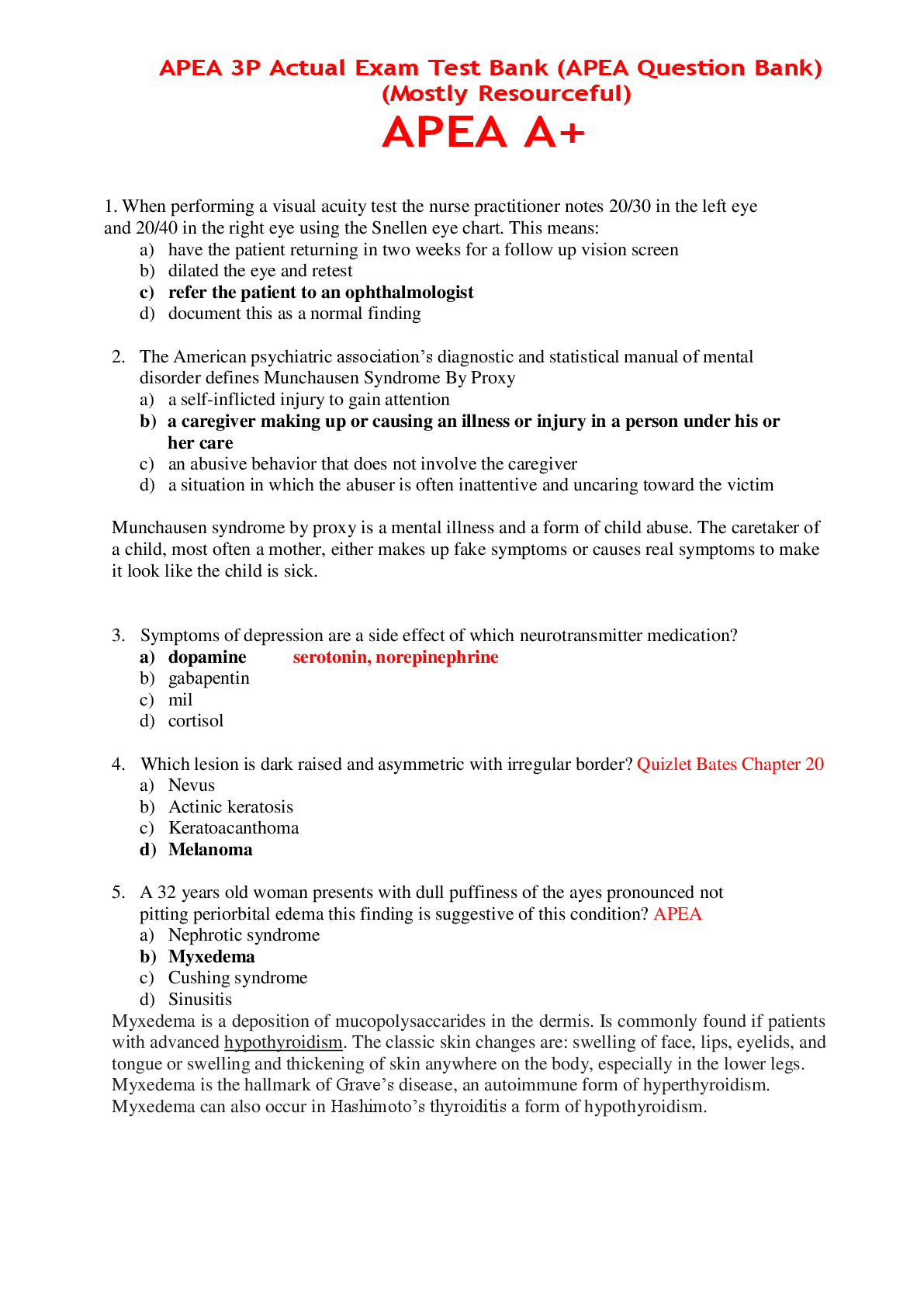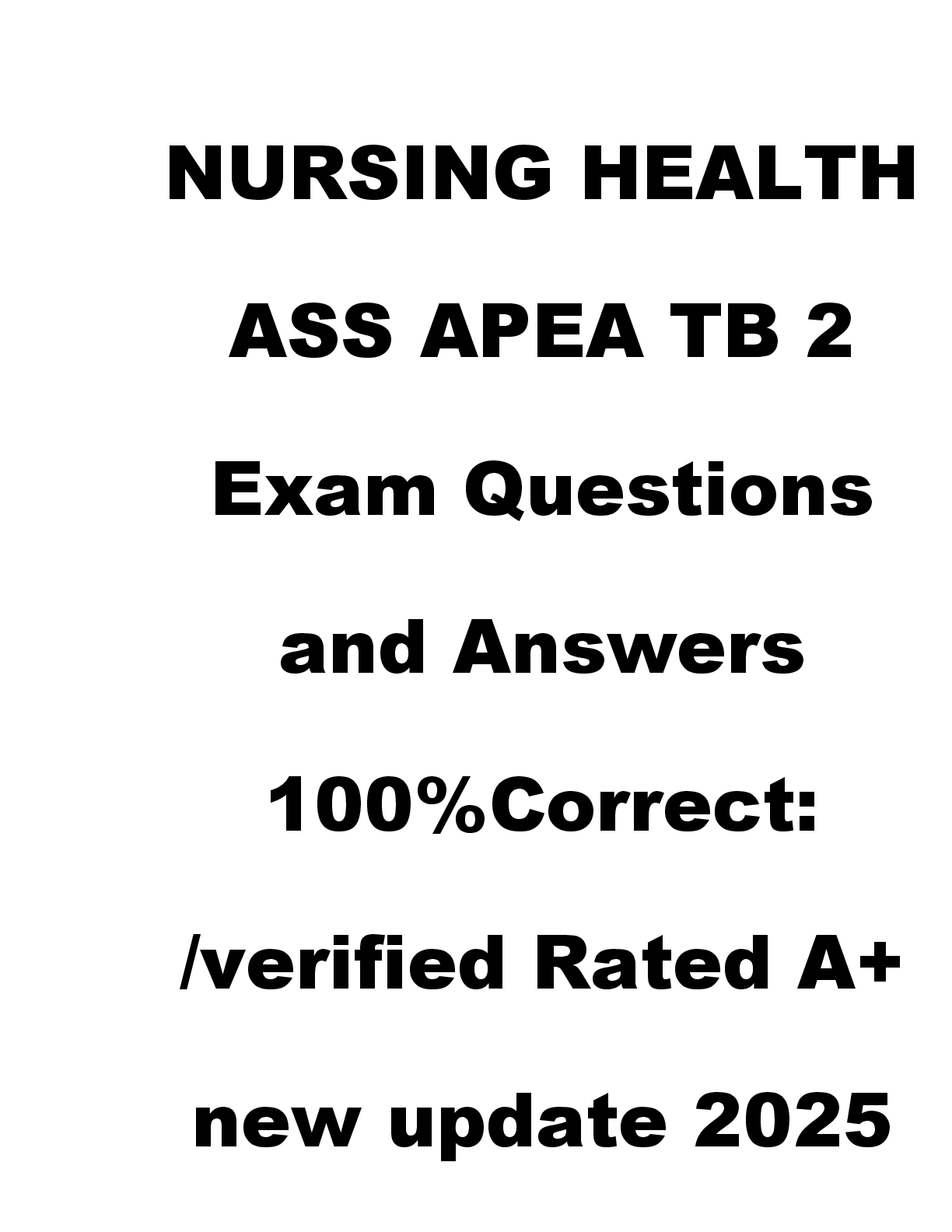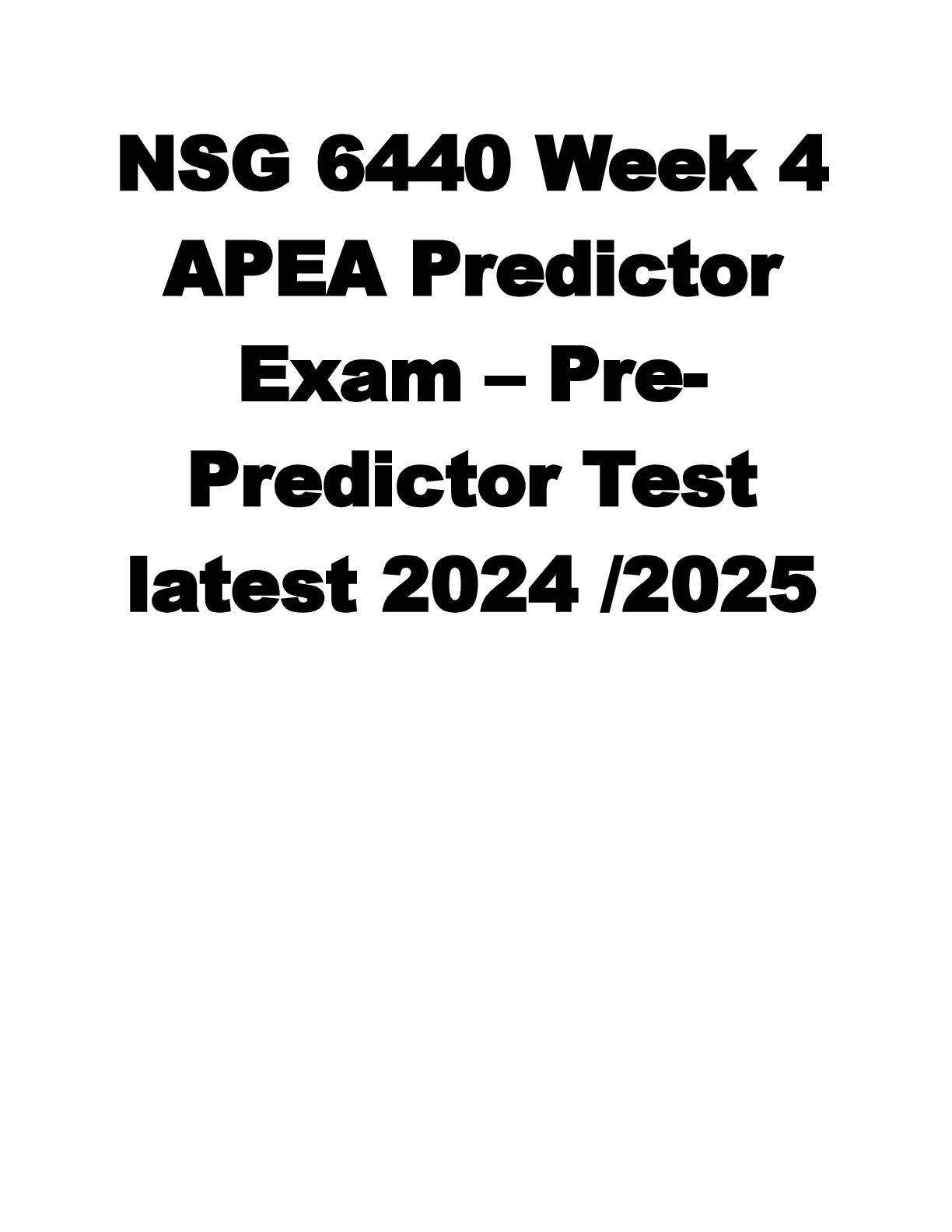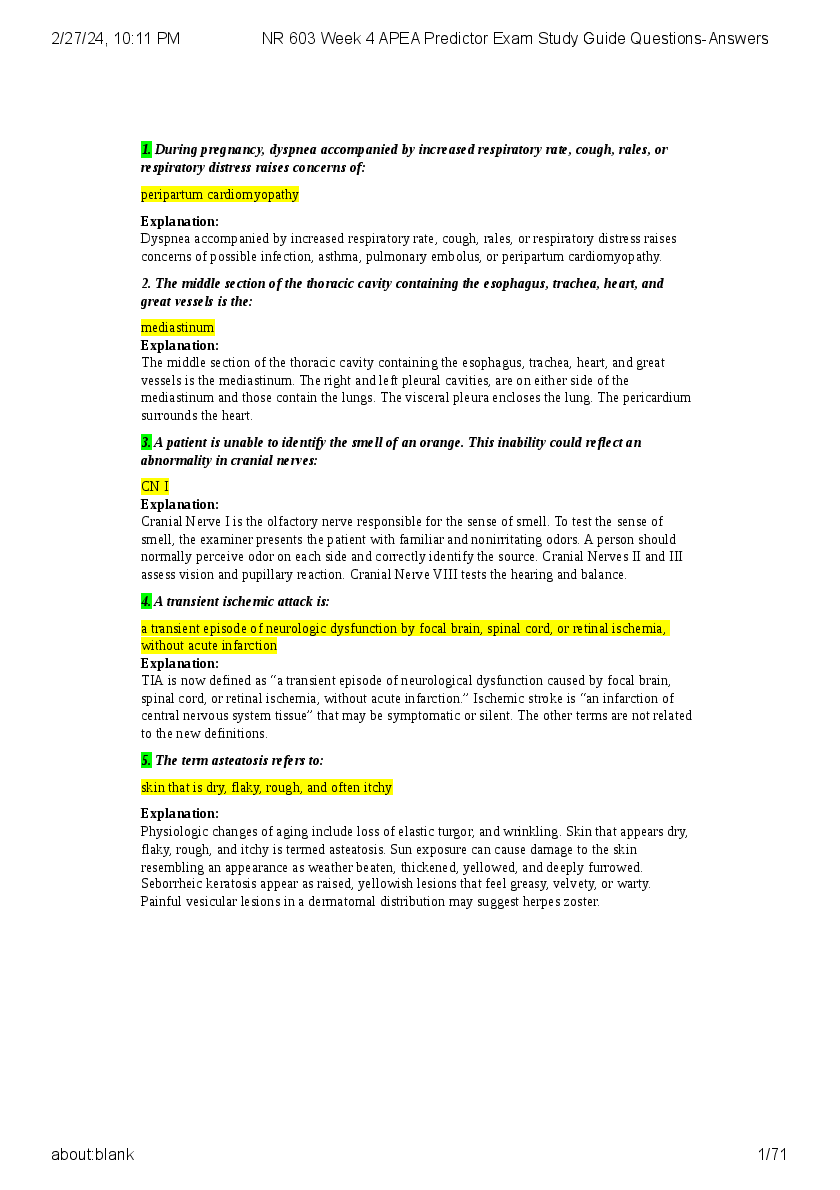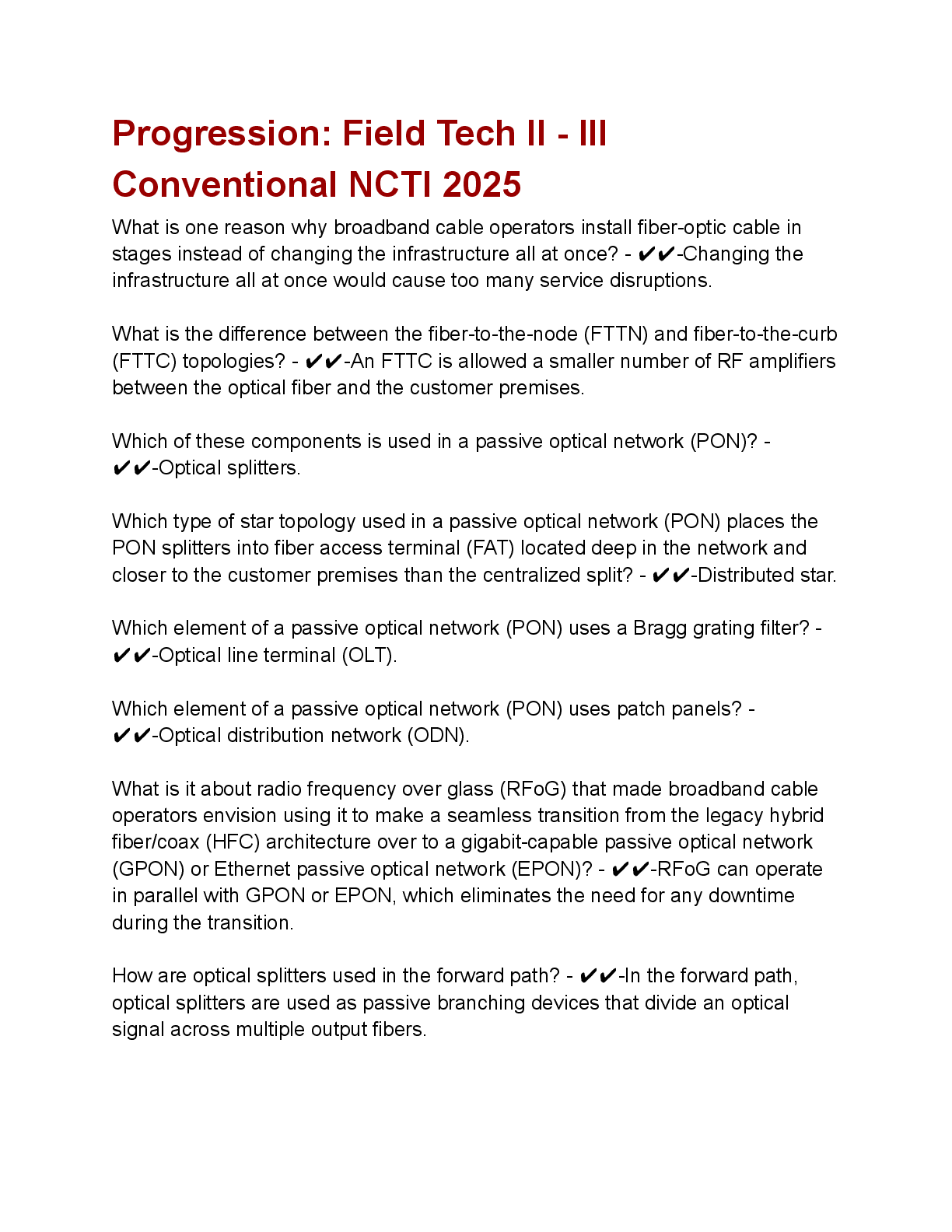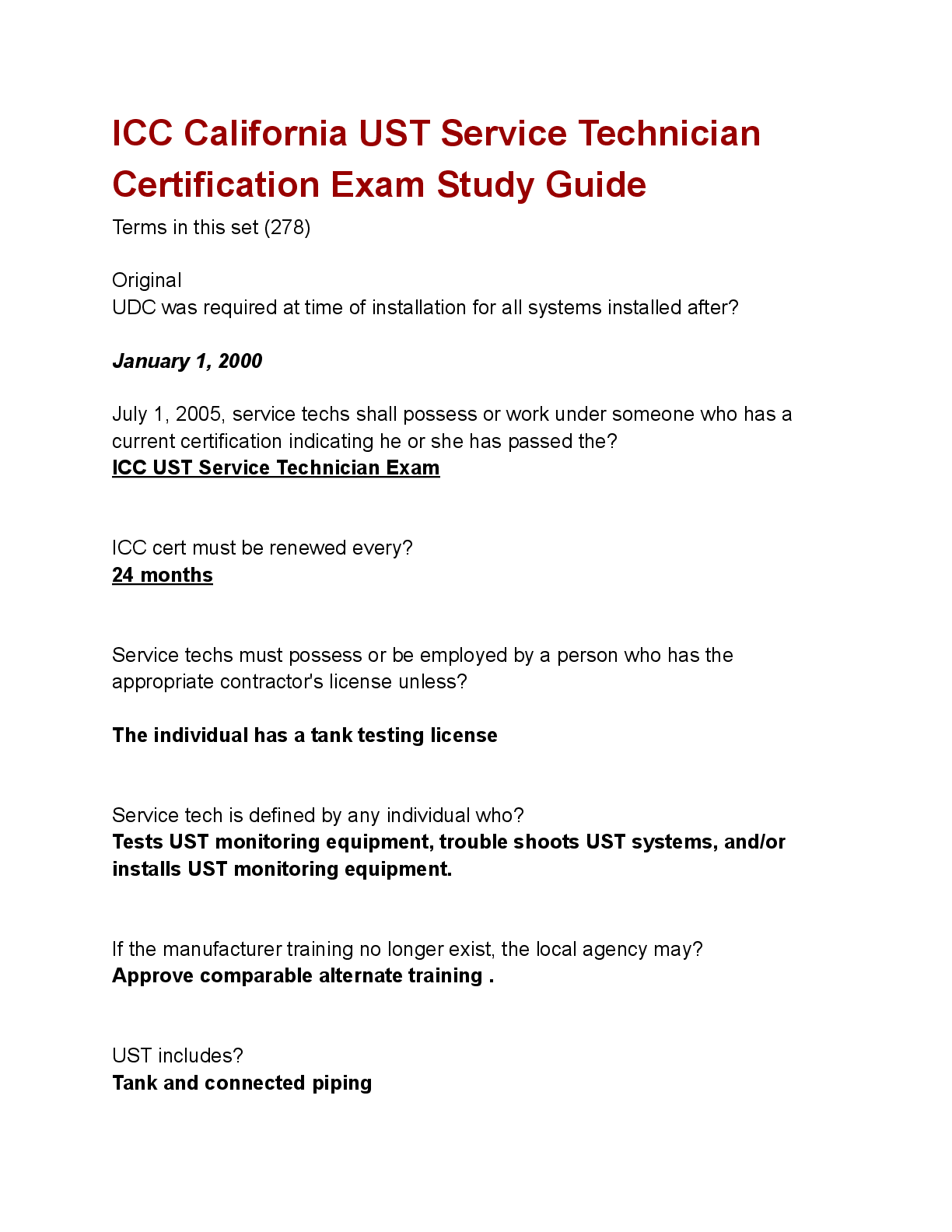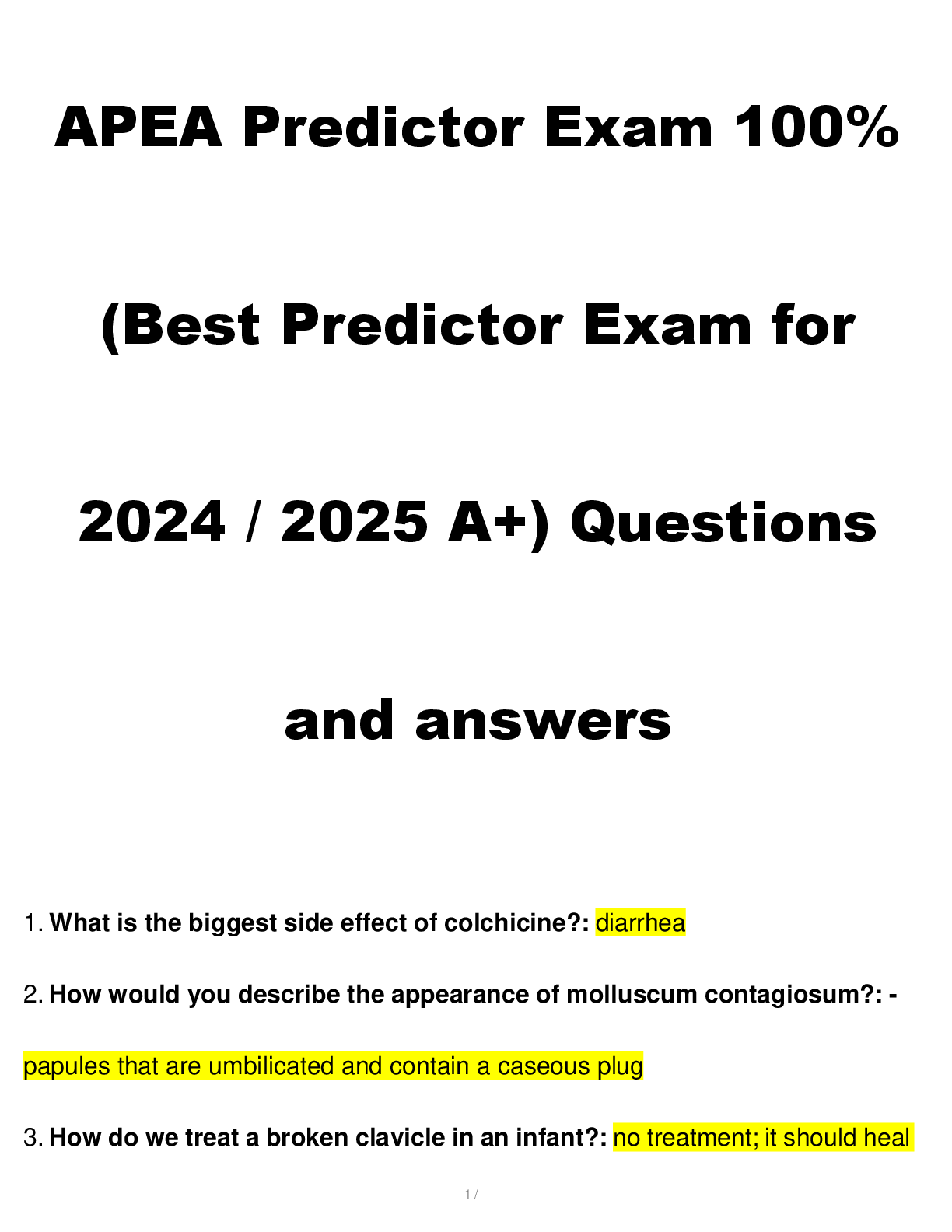*NURSING > QUESTIONS and ANSWERS > NR 603 Week 4 APEA Predictor Exam Study Guide Questions-Answers (All)
NR 603 Week 4 APEA Predictor Exam Study Guide Questions-Answers
Document Content and Description Below
1. During pregnancy, dyspnea accompanied by increased respiratory rate, cough, rales, or respiratory distress raises concerns of: peripartum cardiomyopathy Explanation: Dyspnea accompanied by incr... eased respiratory rate, cough, rales, or respiratory distress raises concerns of possible infection, asthma, pulmonary embolus, or peripartum cardiomyopathy. 2. The middle section of the thoracic cavity containing the esophagus, trachea, heart, and great vessels is the: mediastinum Explanation: The middle section of the thoracic cavity containing the esophagus, trachea, heart, and great vessels is the mediastinum. The right and left pleural cavities, are on either side of the mediastinum and those contain the lungs. The visceral pleura encloses the lung. The pericardium surrounds the heart. 3. A patient is unable to identify the smell of an orange. This inability could reflect an abnormality in cranial nerves: CN I Explanation: Cranial Nerve I is the olfactory nerve responsible for the sense of smell. To test the sense of smell, the examiner presents the patient with familiar and nonirritating odors. A person should normally perceive odor on each side and correctly identify the source. Cranial Nerves II and III assess vision and pupillary reaction. Cranial Nerve VIII tests the hearing and balance. 4. A transient ischemic attack is: a transient episode of neurologic dysfunction by focal brain, spinal cord, or retinal ischemia, without acute infarction Explanation: TIA is now defined as “a transient episode of neurological dysfunction caused by focal brain, spinal cord, or retinal ischemia, without acute infarction.” Ischemic stroke is “an infarction of central nervous system tissue” that may be symptomatic or silent. The other terms are not related to the new definitions. 5. The term asteatosis refers to: skin that is dry, flaky, rough, and often itchy Explanation: Physiologic changes of aging include loss of elastic turgor, and wrinkling. Skin that appears dry, flaky, rough, and itchy is termed asteatosis. Sun exposure can cause damage to the skin resembling an appearance as weather beaten, thickened, yellowed, and deeply furrowed. Seborrheic keratosis appear as raised, yellowish lesions that feel greasy, velvety, or w [Show More]
Last updated: 5 months ago
Preview 5 out of 80 pages

Loading document previews ...
Buy this document to get the full access instantly
Instant Download Access after purchase
Buy NowInstant download
We Accept:

Reviews( 0 )
$9.00
Can't find what you want? Try our AI powered Search
Document information
Connected school, study & course
About the document
Uploaded On
Feb 01, 2025
Number of pages
80
Written in
Additional information
This document has been written for:
Uploaded
Feb 01, 2025
Downloads
0
Views
20

